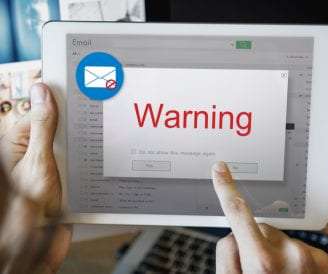BEC Scammers Embrace Coronavirus Opportunity
PYMNTS
APRIL 13, 2020
B2B payments are far from immune to fraud, and in this week’s B2B Data Digest, the business email compromise (BEC) scam reigns. Indeed, only days later, Europol announced an arrest into one BEC scam involving the procurement of personal protective equipment (PPE).














Let's personalize your content